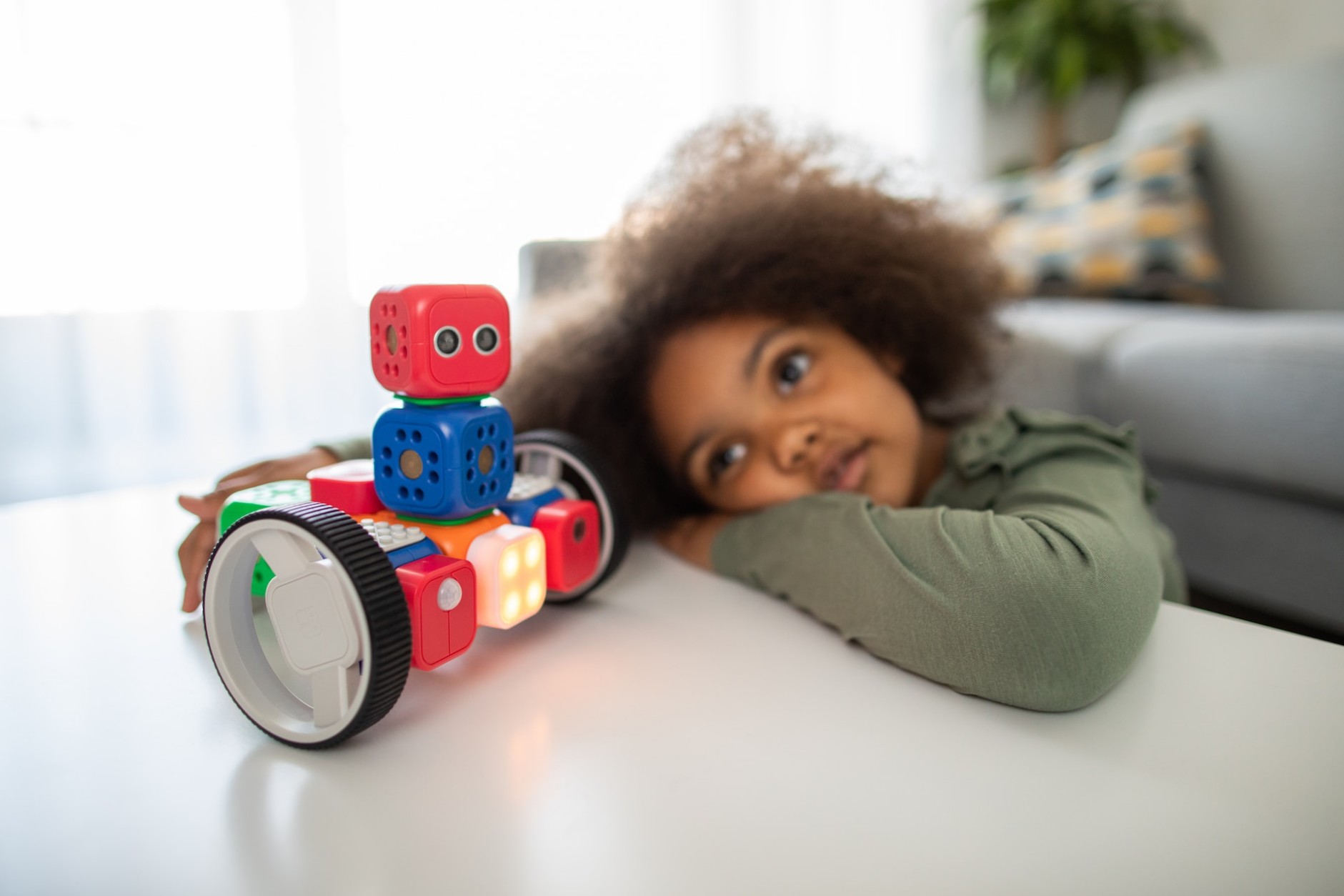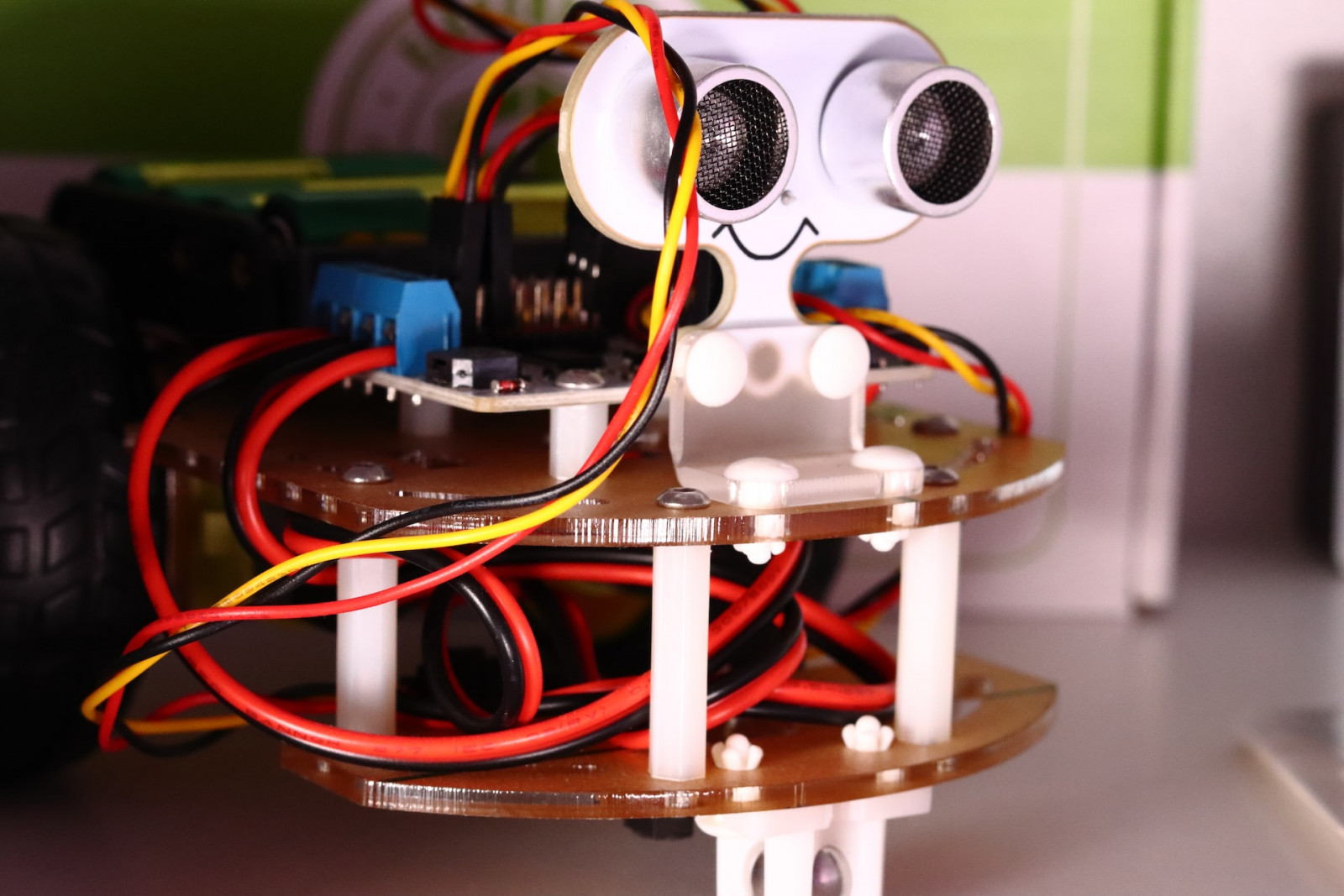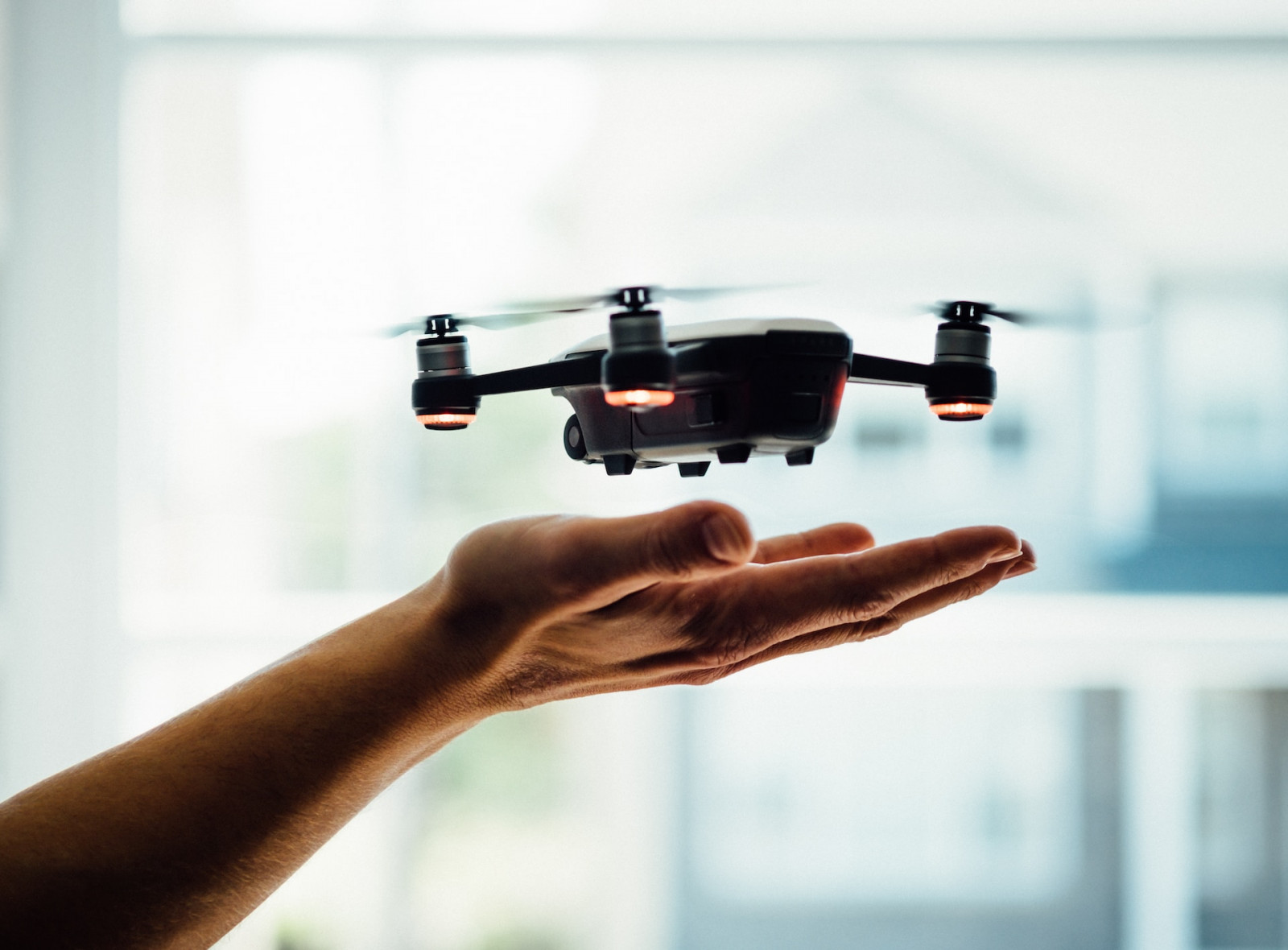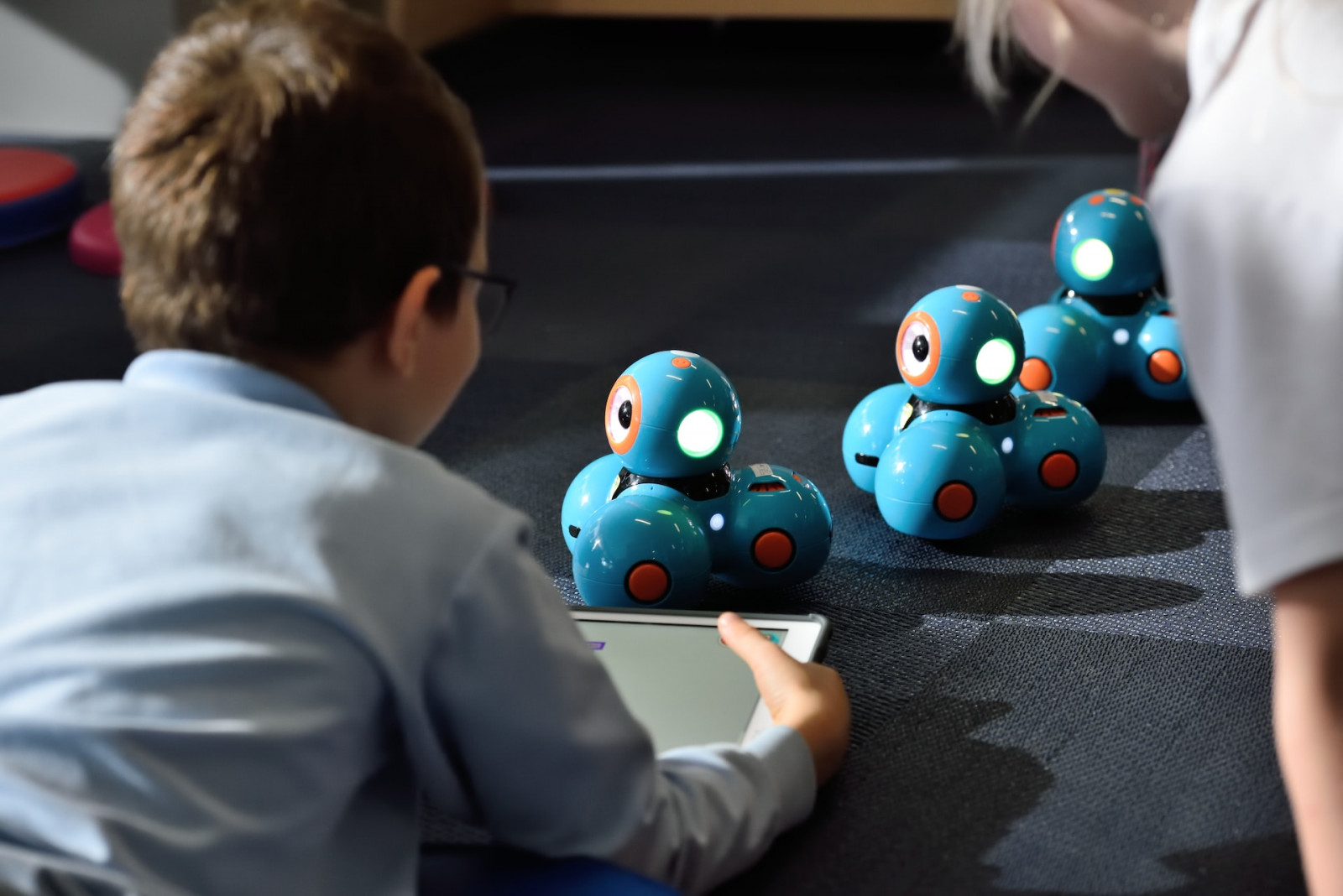15 Intermediate Robot Project Ideas for Students that Won’t Break the Bank

Robotics is the answer to simplifying and amplifying the student learning experience for realistic budgets. Robotics projects for experience levels exist for students to experiment in subjects inside and outside STEM. These projects provide a happy medium between technical skills, creative thinking and problem-solving. Here are some robot ideas for school projects that engage students by making complex subjects tangible and appease administrators with their price.
1. Cleaning Robots
Cleaning robots demonstrate multiple new skills in the same package. First, it teaches students how to build and program robots to follow a path. These robots have to sense boundaries to operate efficiently, like a Roomba. However, there are other robot kits, like motor-powered brushes that sweep. These provide layered lessons, as correct programming doesn’t necessarily imply accurate construction. It makes kids ask, “How do robots exist in the modern world? How do these steps relate?”
2. Solar-Powered Robot
Several kits exist where students can assemble a mini solar panel and power a robot. Different regions have varied technological access, so intermediate could mean something new for every classroom. Luckily, numerous robot ideas for school projects have multiple variants. For solar-powered projects, there is the Solar Cockroach kit that only needs hot glue and wire cutters, but the more advanced version includes a motor and a soldering iron.
3. Game-Playing Robot
Constructing robots that can play specific games can engage critical thinking. The robot could play chess or push a soccer ball, showing a range of mobility and programming opportunities. Students could experiment with everything from a Raspberry Pi for movement detection to the range of autonomous moving parts

4. Smartphone-Powered Robots
Teachers looking to cut down on expenses should look to what the students already have. Many robot kits require a smartphone for execution. It shows students how their smartphone can power the world outside of scrolling on TikTok. Here are some robot kits that get more exciting because of smartphone functionality:
- Gesture control: Robots that move, such as raising a hand.
- Robot car: A Bluetooth or Wi-Fi-enabled car.
- Autonomous parts: Robotic arms are an easy way to explain spatial awareness.
Students can experiment with how peripherals like air compressors change mechanical abilities, as metrics demonstrating its capabilities should appear within the phone-connected app.
5. Pick-and-Place Robots
Whether it’s a car or a stationary arm, pick-and-place kits let students conceptualize cause-and-effect relationships. Rotating axes and joints to get items from point A to point B also prompts students to collaborate on more efficient ways to execute tasks. It can be as simple as a robotic hand picking up a pencil and putting it back in the same place. It could also be building a robotic animal and picking up and transporting a package from one place to another.
6. Robots from Scraps
Not every robotic school project has to be from a kit. Showing kids how to craft robots from cardboard and bottle caps can explain the potential of robotics. It’s one of the most inventive opportunities for students because it forces them to maximize minimal materials. There are even kits available that encourage students to build solar robots out of miscellaneous materials like zip ties and loose wires.
7. Obstacle-Avoiding Robot
These allow students to expand outside line-following sensor capabilities, like in the cleaning robots. They could program robots to avoid walls and make them run through an obstacle course. What paths could students create and how can they manipulate the machinery to optimize its power or speed?
8. Alert-Sending Robot
A robot like this could take any form the student wants, but the experimentation lies within the coding. How can students structure the robot to send helpful notifications? For example, a student may design a robot with magnets to alert operators when it’s near metal. Teaching students how to weave these seemingly unrelated interfaces will expand their minds.
9. 3D-Printed Robot
Schools only have to invest in one 3D printer to execute this lesson. The market had a 10.87% growth in education between 2021 and 2022, so there’s a priority to include it in curricula. It teaches students how to utilize this revolutionary technology while playing with templates. Teachers can prompt students to solve a query, like crafting a robot that can scoop objects or balance something. See how many variations come out of the 3D printer.
10. Underwater Robots
For the higher-end of intermediate students, teachers can educate them on how to consider robotics when interacting with the elements. How would they have to change designs to adjust for water resistance? What parts would they have to exchange for something more waterproof or flexible?
11. Raspberry Pi Robots
Students might want to focus more on programming robots. A Raspberry Pi is an inexpensive microcomputer and provides a medley of outlets for budding computer experts. It can instruct students about everything from essential cybersecurity to coding.
12. Flying Robots
Though students wouldn’t need to build a drone from scratch, it’s a variation of an intriguing robotics project. Teach students to operate and utilize these scopes to get photographs or survey land. Building small robots teaches students foundational applications, but piloting drones brings them into the field.

13. Tracking Robots
Designing or operating robots that focus on cameras and sensors gives students a new perspective on robots. It demonstrates how technology tracks objects and data, instructing growing tech enthusiasts in the many robotics applications.
14. Conveyor Robots
For students interested in practical technology applications like manufacturing, let them create robots that run alongside or solely operate conveyors. They can see the domino effect of minute changes like belt speed or item positioning on the line.
15. Information-Gathering Robot
Learning how to gather, analyze and manage data will be essential in the age of artificial intelligence. Students can learn the basics by building robot kits where the objective is to collect and automate information gathering. Robots could have basic scanners to analyze QR codes or barcodes. They could also use identification technology like picture matching to sort objects and gather information about the robot’s performance.

Reimagining Education With Robotics
If teachers ever need robot ideas for school projects, countless options are available within every budget. The impact may be so noticeable that budgets will increase to invest more in robotics education. See students lighten up to lessons again as they learn about everything from engineering, sustainability and team-building.
Thanks for helping to keep our community civil!
This post is an advertisement, or vandalism. It is not useful or relevant to the current topic.
You flagged this as spam. Undo flag.Flag Post


